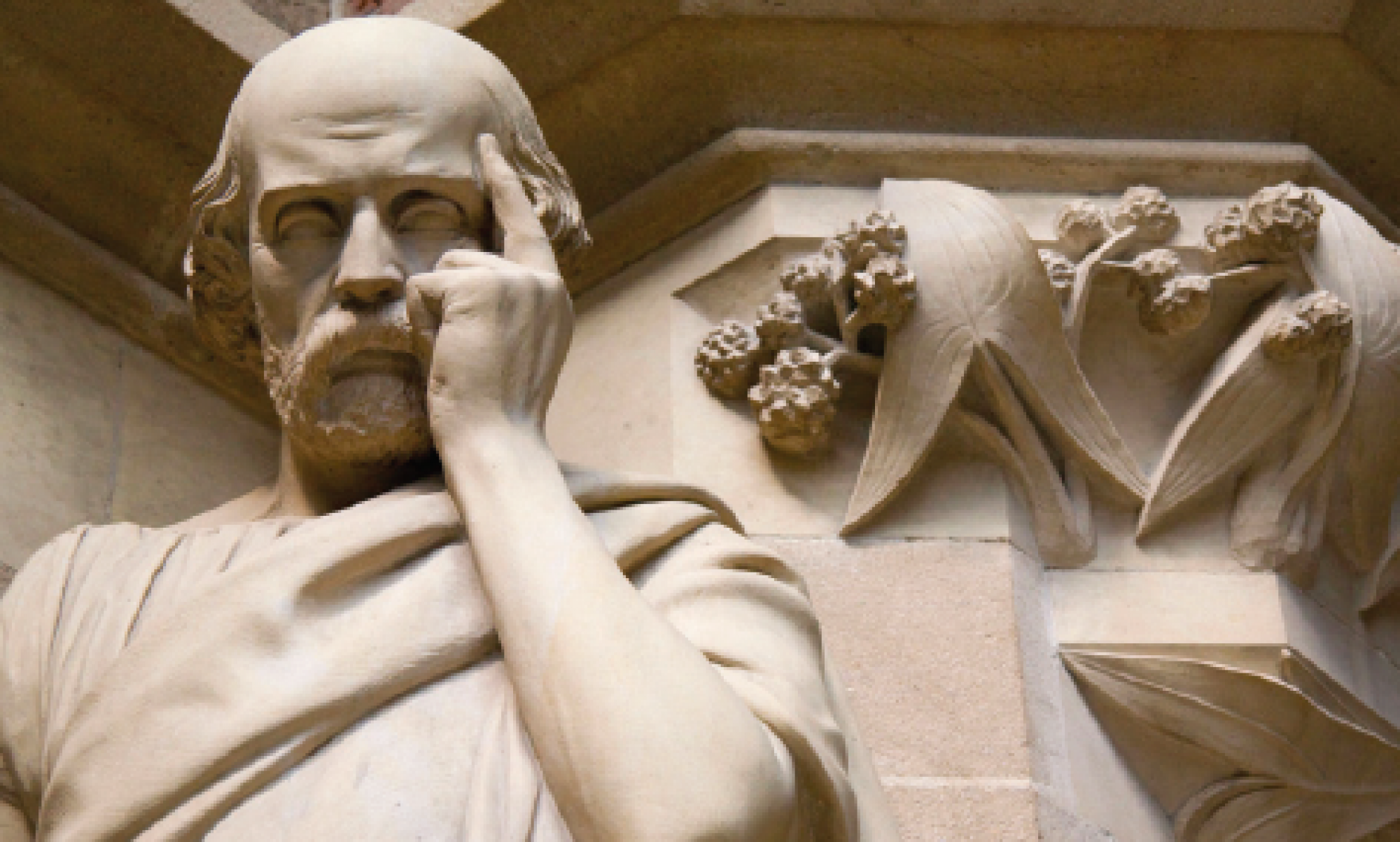The 2015 election ended a majority Conservative government that practiced disciplined message control in its communications, centralized decision-making, and a strategic approach to legislation and policymaking. Ordinary members of parliament found themselves under the control of party leaders, with little room for independent action. Moreover, the public impression was that Prime Minister Stephen Harper chose to govern single-mindedly on behalf of his electoral base, which represented slightly under 40% of the electorate. This alienated a large number of voters, for whom change in government became the top issue in the 2015 election.
Liberal Party leader Justin Trudeau promised a different style of leadership. More than the other leaders (except Elizabeth May, leader of the Green Party), Trudeau and his party accepted and responded to complaints about the dysfunction of the democratic system. Specifically, they promised no omnibus bills or prorogation; less centralized decision-making in the PMO; more free votes; more openness in parliament; more accountability in Question Period; a more effective Speaker of the House; election of committee chairs by secret ballot; more independence for the Parliamentary Budget Officer; a ban on government ads; more transparency in Supreme Court and other appointments; parliamentary oversight of CSIS, Canada’s spy agency; repeal of parts of Fair Elections Act; senate reform; and electoral reform.
Many of the changes outlined in the Liberal Party platform could be implemented unilaterally and without difficult negotiations. But caution is in order on the subject of political reform. Opposition parties tend to talk enthusiastically about democratic reform while in opposition, yet rarely deliver once in government. There is one democratic reform, in particular, in which perverse incentives may kick in—electoral reform.
The Liberal Party directly benefited from the first-past-the-post (FPTP) system. The 42nd parliament offers another example of what Peter H. Russell (2008: 5-6) calls a “false majority” government. Liberal candidates won less than 40% of the vote, yet they captured 54% of the seats. If seats were allocated in proportion to votes, the Liberals would have won something like 135 seats rather than 184. Other major parties would have seen increases, most notably the New Democratic Party (NDP) which would have garnered between 65-70 rather than 44 seats, and the Greens which would have secured approximately 13 seats instead of just May’s. A minority government or coalition would have been inevitable.
The Liberals also indirectly benefited from the FPTP system. The collapse of the NDP was partly an effect of the electoral system. Voters who wanted to remove Prime Minister Harper were prepared to rally behind the most promising agent of change. In the course of the campaign, as it became clear that the Liberal Party had the best shot at unseating the Conservatives, a bandwagon began to form behind the Trudeau Liberals.
Having benefitted from the status quo, will the Liberal Party deliver on the promise of electoral reform? A majority in parliament gives the Liberals the means to effect change, but paradoxically may diminish their motivation. That said, immediately after the election Trudeau re-committed himself to an all-party committee to review the electoral system. Making cross-partisan use of committees is consistent with the larger goal of making parliament work more effectively. A challenge for such a committee, however, will be to reach agreement among parties that are likely to advocate reforms that benefit their own party’s narrower interests.
One solution would be to remove deliberation over the electoral system from the partisan arena. A citizens’ assembly, like the one created in British Columbia in 2004-05, could generate a reform proposal that would not be motivated by partisan gain. A referendum on such a proposal (with a 50% plus one threshold to prevent a minority from thwarting the will of the majority) could help ensure that the result of its deliberations could not simply be ignored. In the end, of course, any proposal would have to be approved by parliament and enjoy broad support in public opinion.
On balance, the result of the 2015 was positive for Canadian democracy. It brought an end to the term of a Prime Minister who often clashed with Canada’s democratic institutions and conventions, and elevated to high office a new leader committed to an ambitious agenda of democratic renewal. How far the Trudeau government will persist in this agenda is impossible to know in advance. Given the incentives and interests that confront any party as it moves from opposition to government, there are grounds for caution as well as optimism.
REFERENCE
Russell, Peter H. Two Cheers for Minority Government: The Evolution of Canadian Parliamentary Democracy. Toronto: Edmond Montgomery Publications Ltd., 2008.
